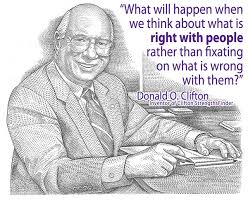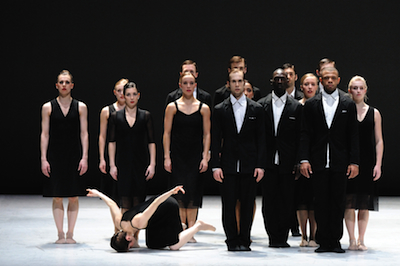We have a tendency to make simple things complicated. Complcation has its attractions, it’s mysterious, it requires experts to interpret, it makes working in an area exclusive. Planning and creating change have certainly seen a significant amount of complication. It doesn’t need to be that way.
Here’s a take on planning to create change that is relatively simple (only 4 elements), easy to follow (only common social skills required), and effective. What follows is the whole program with a bit of explanation for each of the 4 elements. Try this at home.

You’re going to invest a lot of your valuable time and energy into this plan so aim high. Get that goal out there into an area where the possible is only faintly present. A plan is not an expression of reality so there is no need to be ‘realistic’. By making it big you allow for the achievement of significant change without needing to achieve everything. In other words, your plan can be highly successful even if the execution of the plan is not perfect. This is very useful for those of us who don’t always get it right.

This is the part of a plan where things can start to get off track. How you carry out the big idea has everything to do with how much successful change you can generate. By acting small you make the plan more achievable. Lot’s of folks have been telling us this since time began. ‘The journey of 1,000 km starts with a single step.’ And another step will follow that, and another,and another … until the journey is complete. Taking 1,000,000 steps is a highly complex undertaking, but each step is a simple thing. Work on the simple steps and the complcation dissolves.
The size or the pace of the ‘steps’ on the journey may need to change as we progress. When we try to move faster toward change than we are capable of, we get blocked. When we get blocked we need to reduce the amount of change we are trying to create, and try again. If the block is still there we need to reduce the amount of change even further until we find our new rate of progress.

We are, at our core, social beings. There has been a vast amount of study done that confirms our social nature and goes further to confirm the motivation that those around us provide for our behaviour. We know about peer pressure, we know about social convention, we know about social hierarchy. We know that when we make our aspirations public the likelihood of our attaining our aspirations increases significantly.
The power of those we are close to affect our behaviour is overwhelming. This is why people with addictions need to disassociate themselves from their addict based social group if they want to increase their chance of successfully changing their behaviour.
We put that power to work for us when we make our plan public knowledge. We get even more benefit from it when we can actively engage those around us in supporting us in our efforts to carry out our change plan. We get no help by keeping it a secret.

Many of us become hopelessly blocked by the complexity of what we are doing when the complexity will naturally resolve itself over time. How many times do we say to ourselves, ‘I can’t do this: until that happens, or, without this thing, or, until this time, or, because I don’t have …’. The list of blocks is long. We could be saying to ourselves, ‘What’s one small thing can I do that will move this forward.’
Even a nearly imperceptible bit of progress is progress. Most of the most highly successful planners come across parts of their plan where progress appears impossible. Yet, little be little, they found a way to work around the block until they were back on track and making steady progress.
In my nearly 40 years of doing this type of work I have not worked with anyone who could not follow this process. I have known many who have succeeded using this process and I have known some who have limited their success because they stopped using this process.
Give it a go.


 What Don did was look at the performance of successful people in any field and interview them extensively. This gave Don a mountain of data. He then sifted through the data and came up with a collection of talent areas that he called Strengths. He identified 34 talent areas or Strengths. He sorted these into 4 performance sectors or Domains. He now had an outcome tool. From his interviews he captured the perspectives that identified each of the strengths and from those perspectives he created an assessment tool that he called the StrengthsFinder (now known as CliftonStrengths®).
What Don did was look at the performance of successful people in any field and interview them extensively. This gave Don a mountain of data. He then sifted through the data and came up with a collection of talent areas that he called Strengths. He identified 34 talent areas or Strengths. He sorted these into 4 performance sectors or Domains. He now had an outcome tool. From his interviews he captured the perspectives that identified each of the strengths and from those perspectives he created an assessment tool that he called the StrengthsFinder (now known as CliftonStrengths®).





 The process is simple:
The process is simple:
